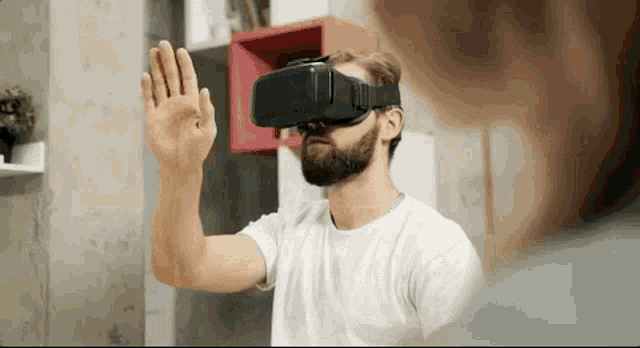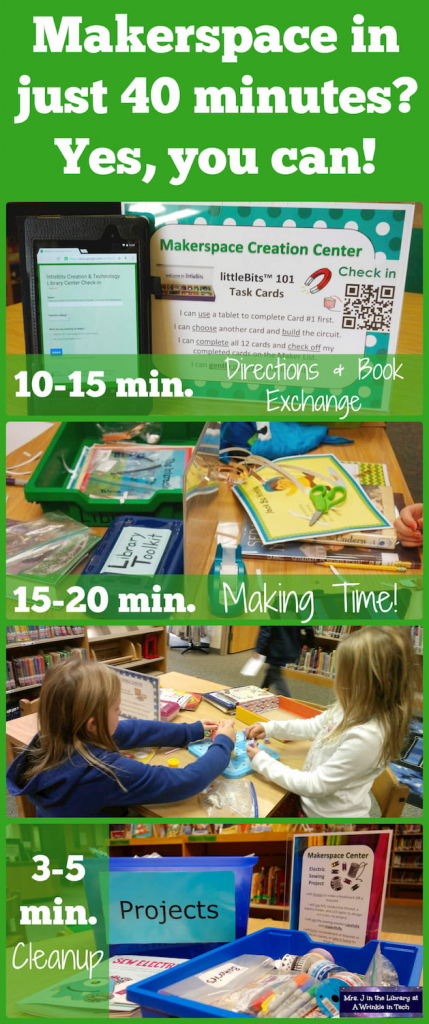
Lindsey Arant is the school librarian at New Heights Middle School in Pageland, SC. As the school librarian, Lindsey works hard to create an environment that is welcoming for all of her students.
Lindsey and I had a discussion on the curate foundation. She said that a top priority for her is to diversify her collection. When she buys new books and materials, she works hard to select materials that represent all students. She also takes teacher and student requests into consideration. As the librarian, these are both important things to consider when building a collection. Students need to see themselves in the books they are reading; they serve as mirrors for students. We also want to instill a love of reading in all students. By taking suggestions from students, she is able to select books that she knows her students will want to read. Collaboration with teachers is also a crucial part of being a school librarian. Teachers will likely give suggestions that they know align with their students interests and the standards they are teaching.
Students at New Heights Middle all have Chromebooks. Lindsey uses features on Chromebooks to help students organize information as they gather it through research. Technology is enhancing the way in which students are able to curate information. There are numerous apps, but also learning to use the Google Drive for students with Chromebooks is a great way to help students store information and resources.
While curation of materials is a crucial aspect of being a successful school librarian, there are challenges that prevent school librarians like Lindsey from being as successful at this as she would like. Lindsey said that she is not able to collaborate with classroom teachers like she would like to. She said she does not have time to meet with teachers due to the extra demands of her job such as handling Chromebooks. She, like many others, is required to do much more than the role of her job description. She also has a low budget that prevents her from purchasing many materials. Working in a low income school and district presents its challenges, but teachers like Lindsey do what they can to provide access for students as best they can.







